Bergerac and its essentials: the Top 8!
Bergerac and its essentials: the Top 8!
422 m - Bergerac
Family Time
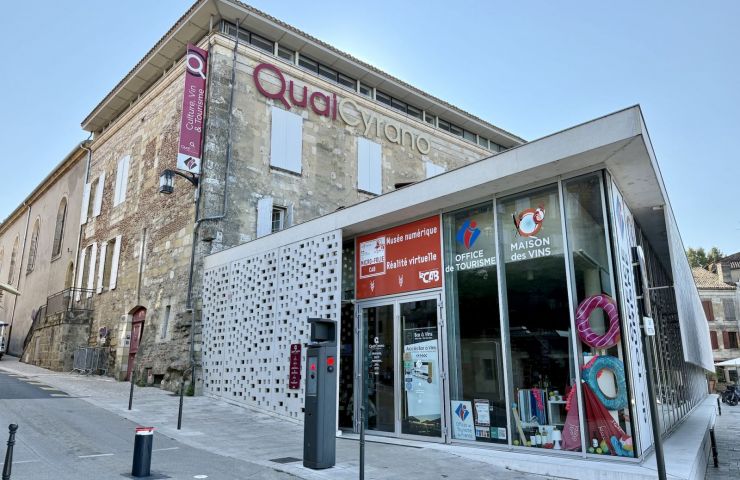
A visit to the Maison des Vins de Bergerac is an essential preamble to discover the wines of Périgord Pourpre, ...
Bergerac
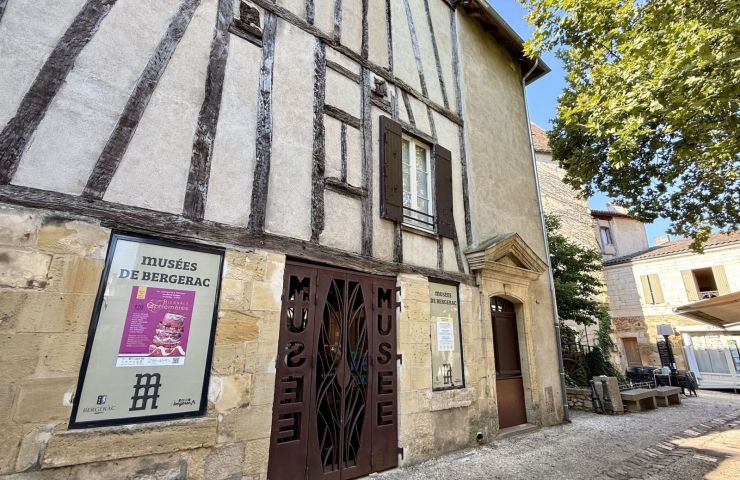
In the old town of Bergerac, the Tobacco Museum is located not far from the quays of the Dordogne, on the Place du ...
90 m - Bergerac
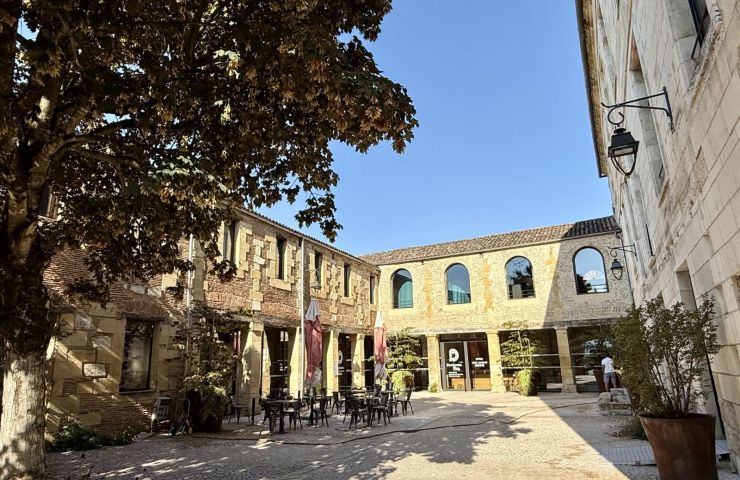
In Bergerac, the Costi Museum houses the collection of bronze sculptures by the artist Constantin Papachristopoulos, ...
128 m - Bergerac
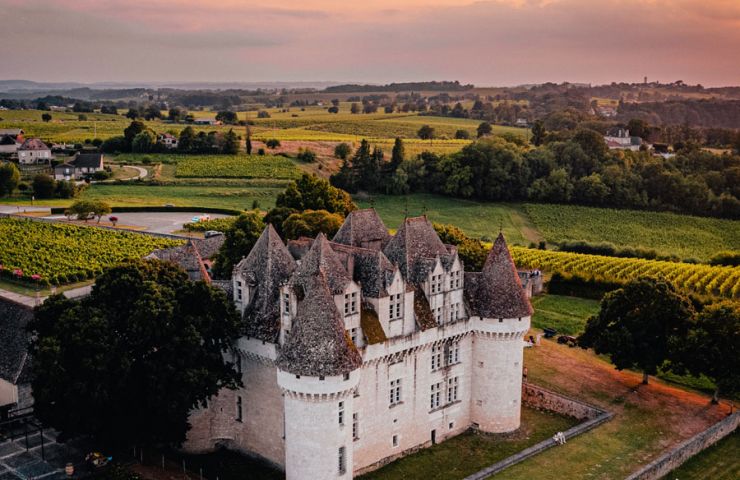
Monbazillac Castle: a dynamic, immersive, and fun experience Overlooking the Dordogne Valley, just 10 minutes from ...
6,2 km - Monbazillac
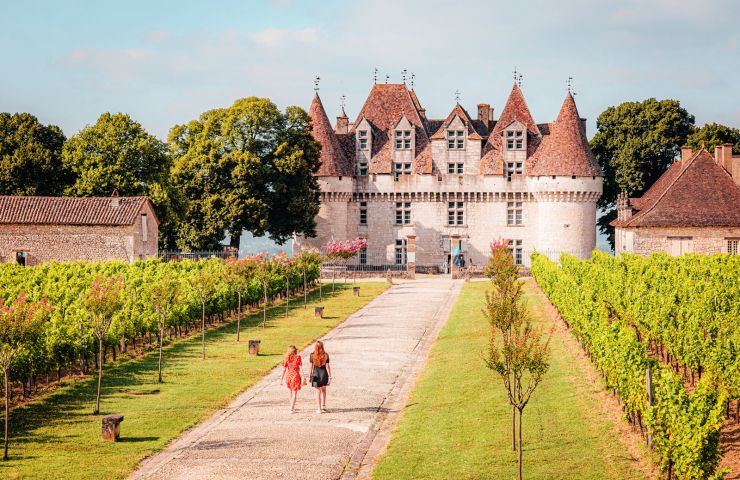
Monbazillac Castle: An immersive journey through an incredible cultural heritage in the Dordogne The sheer beauty of ...
6,2 km - Monbazillac


Bergerac
1 rue des Récollets
Quai Cyrano
24100 BERGERAC
44° 51'0.16"N, 0° 28'57.81"E

422 m - Bergerac
Family Time
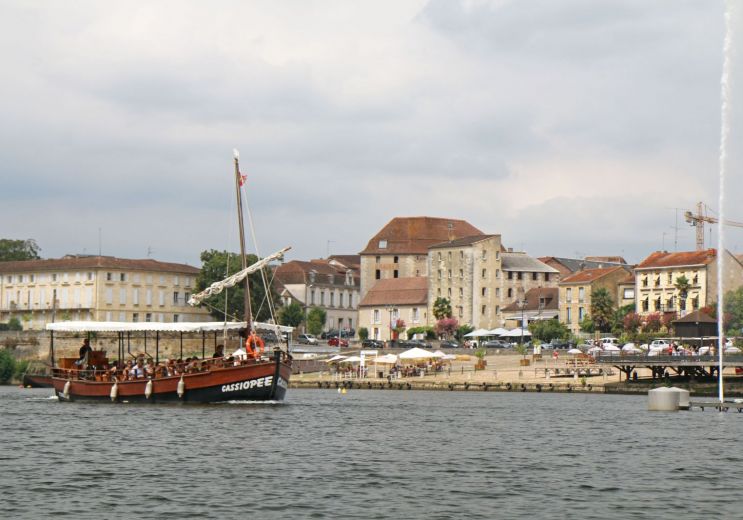
422 m - Bergerac
Rest and relaxation

422 m - Bergerac
Food Lover
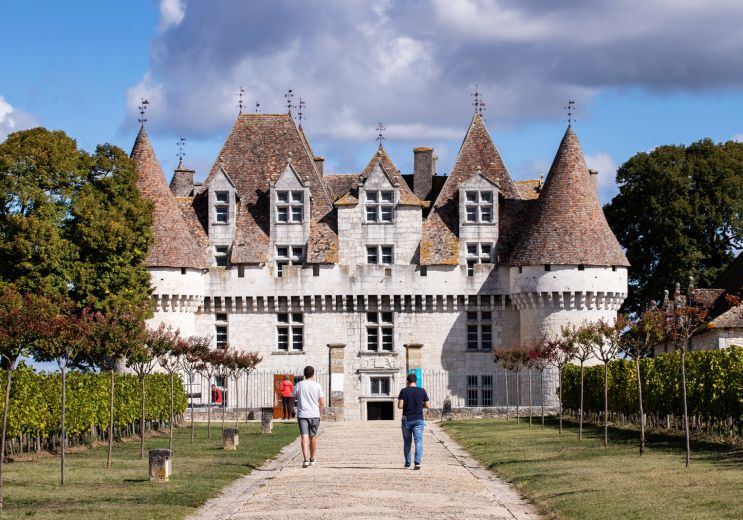
6,3 km - Monbazillac
Food Lover
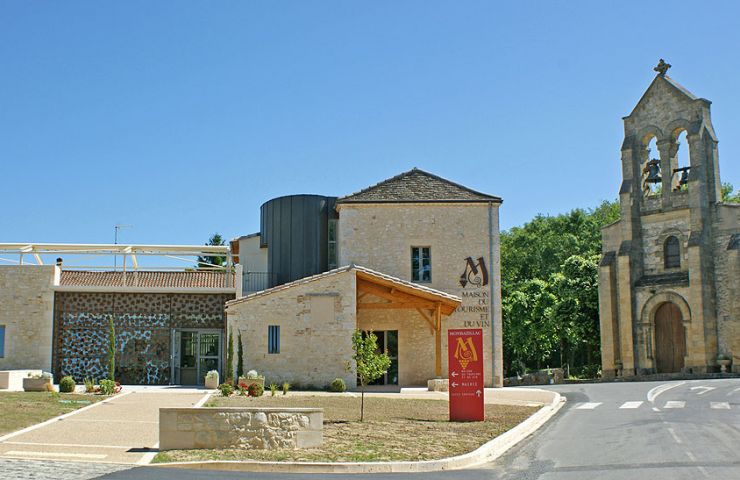
World-renowned for its wine, “the Gold of Périgord”, the commune of Monbazillac dominates the vast Dordogne ...
6,3 km - Monbazillac
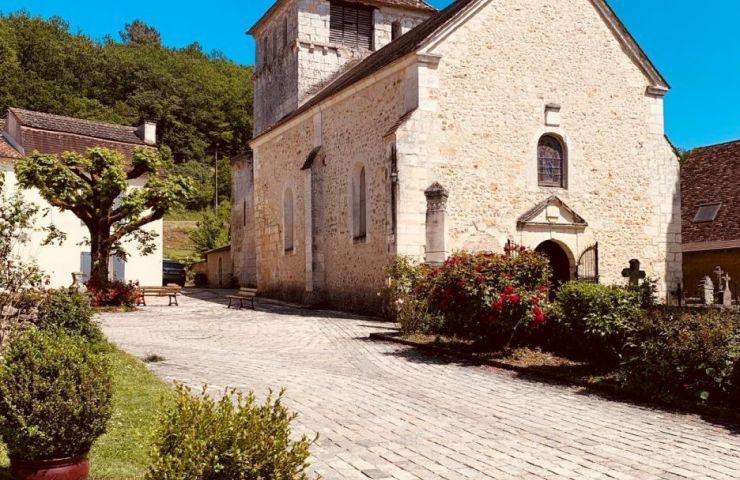
In Périgord, the village of Queyssac is renowned for its authenticity and heritage. A village of character Queyssac ...
8,2 km - Queyssac
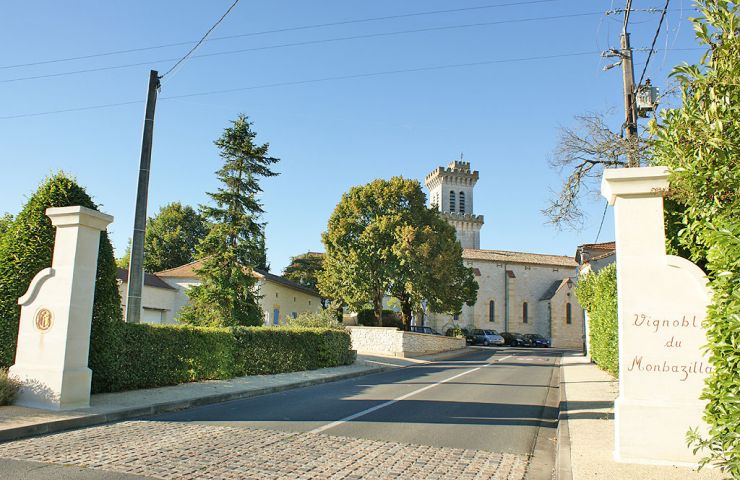
Pleasantly located on the first slopes (155 m) of South Bergerac, the town of POMPORT extends over 1954 hectares, of ...
9,3 km - Pomport
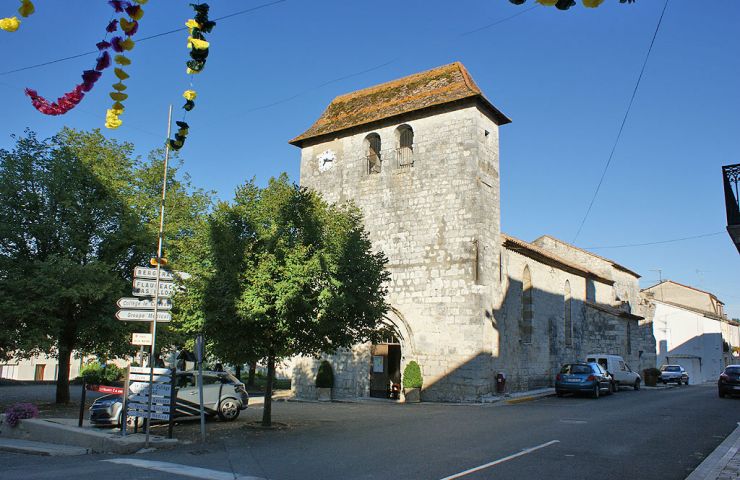
Sigoulès is known for its historical heritage, its rolling landscapes and its proximity to numerous vineyards. A ...
12,3 km - Sigoulès